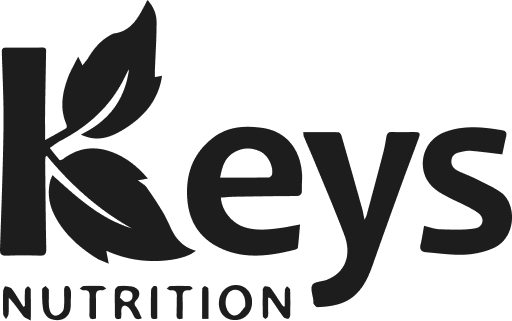Dietary restrictions have become a major concern in our contemporary societies, whether for health reasons, dietary preferences, or lifestyle choices. Among these restrictions, grain-free and gluten-free diets often raise questions. In this article, we will delve into the complex world of dietary restrictions, shedding light on the difference between grain-free and gluten-free diets to demystify these dietary choices and help everyone make informed decisions for their health and well-being.
Understanding the Basics: Cereals vs. Gluten
Cereals: A Pillar of Nutrition
Cereals have been a fundamental component of human nutrition for millennia. They provide complex carbohydrates, fiber, vitamins, and essential minerals. However, some people choose to avoid cereals for various reasons, including allergies, intolerances, or dietary preferences.
Gluten: A Foe for Some
Gluten is a protein found in certain cereals, including wheat, barley, and rye. For people with celiac disease, an autoimmune condition, consuming gluten can cause severe damage to the small intestine. An increasing number of people also choose to avoid gluten due to non-celiac gluten sensitivity.
Grain-Free: A Controversial Dietary Option
Motivations Behind a Grain-Free Diet
The grain-free diet, sometimes called the paleo diet, excludes cereals from daily consumption. Advocates of this diet highlight arguments such as inflammation reduction, blood sugar stability, and weight loss. However, critics emphasize that cereals can provide important nutrients, and complete elimination may lead to deficiencies.
Foods Eliminated
In a grain-free diet, excluded foods go beyond simple bread and breakfast cereals. It also includes barley, rye, corn, rice, millet, oats, and other grains. Advocates of this diet often favor vegetables, fruits, animal proteins, nuts, and seeds.
Challenges of a Grain-Free Diet
While the grain-free diet has its followers, it can present challenges. Those following this diet must pay attention to their fiber intake, B vitamins, and minerals such as iron and magnesium, usually provided by cereals. Careful nutritional monitoring is essential to avoid potential deficiencies.
Gluten-Free: A Necessity for Some, a Choice for Others
Foundations of the Gluten-Free Diet
The gluten-free diet excludes gluten from the diet. It is essential for people with celiac disease, where gluten triggers an autoimmune response. However, many people also follow this diet due to non-celiac gluten sensitivity, claiming to experience symptoms such as gastrointestinal issues, fatigue, and headaches after consuming gluten.
Foods to Avoid
Wheat, barley, rye, and all their derivatives are strictly avoided in a gluten-free diet. This includes traditional bakery products, pasta, and beer, as well as some processed foods that may contain gluten as a binding or thickening agent.
Challenges of a Gluten-Free Diet
While a gluten-free diet is necessary for those with celiac disease, it can be challenging to follow. Gluten-free alternatives can be costly and less available, and eliminating gluten can sometimes lead to insufficient intake of fiber, iron, and certain vitamins.
Finding Balance and Making Informed Choices
Tips for a Balanced Diet
Whether you are considering a grain-free or gluten-free diet, maintaining nutritional balance is crucial. Consult a healthcare professional or a nutritionist to ensure your dietary choices meet your specific needs. Integrating nutrient-rich foods such as colorful vegetables, fresh fruits, lean proteins, and sources of healthy fats is essential to avoid potential deficiencies.
Education as the Key to Decision-Making
Understanding the differences between grain-free and gluten-free diets fundamentally relies on education. Before adopting either of these diets, take the time to educate yourself about the nutritional implications and consult healthcare professionals for personalized advice. Choosing a diet based on solid information ensures that your dietary choices support your health and well-being.
Conclusion: Navigating the Maze of Dietary Restrictions
Decoding dietary restrictions, especially the difference between grain-free and gluten-free diets, is essential for making informed dietary decisions. Whether you choose to avoid cereals for health reasons or follow a gluten-free diet out of necessity, it is crucial to remain aware of your nutritional needs. Navigating the maze of dietary restrictions, balance, education, and consultation with experts will be your best guides to a healthy diet tailored to your unique needs.
Decoding dietary restrictions, particularly the distinction between grain-free and gluten-free diets, should be a quest for well-being rather than a constraint. Whether you choose to avoid cereals by choice or follow a gluten-free diet for medical reasons, keep in mind that balance, education, and consultation with experts are your allies in this nutritional journey. As you navigate the maze of dietary restrictions, draw from these resources to make dietary choices that promote your physical and mental health while respecting your body's individual needs.

